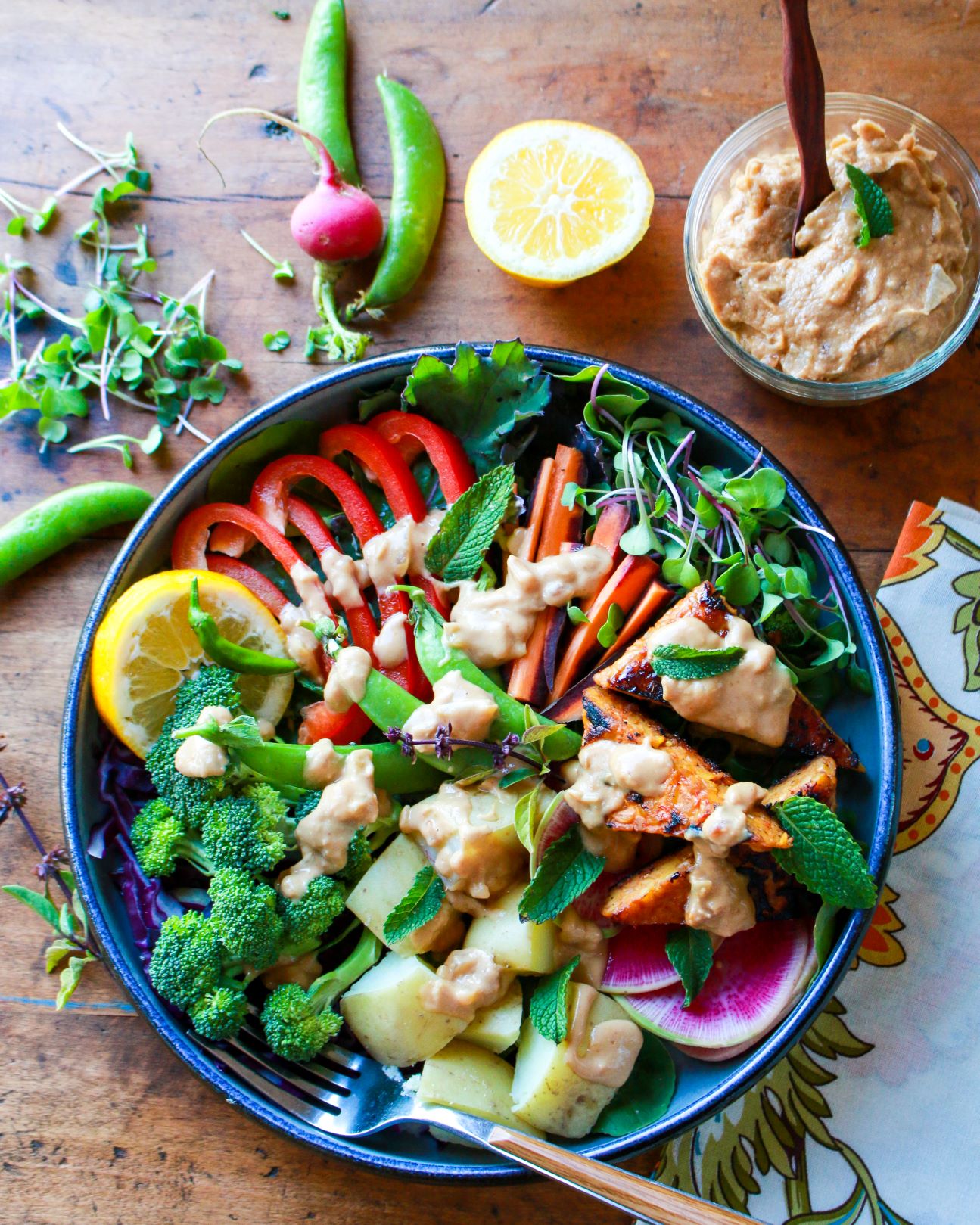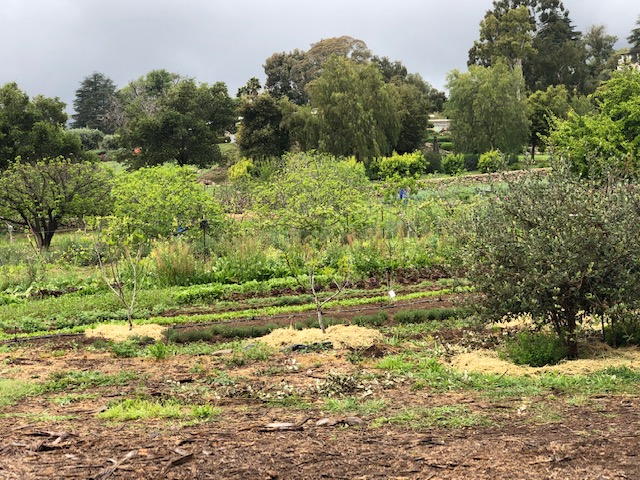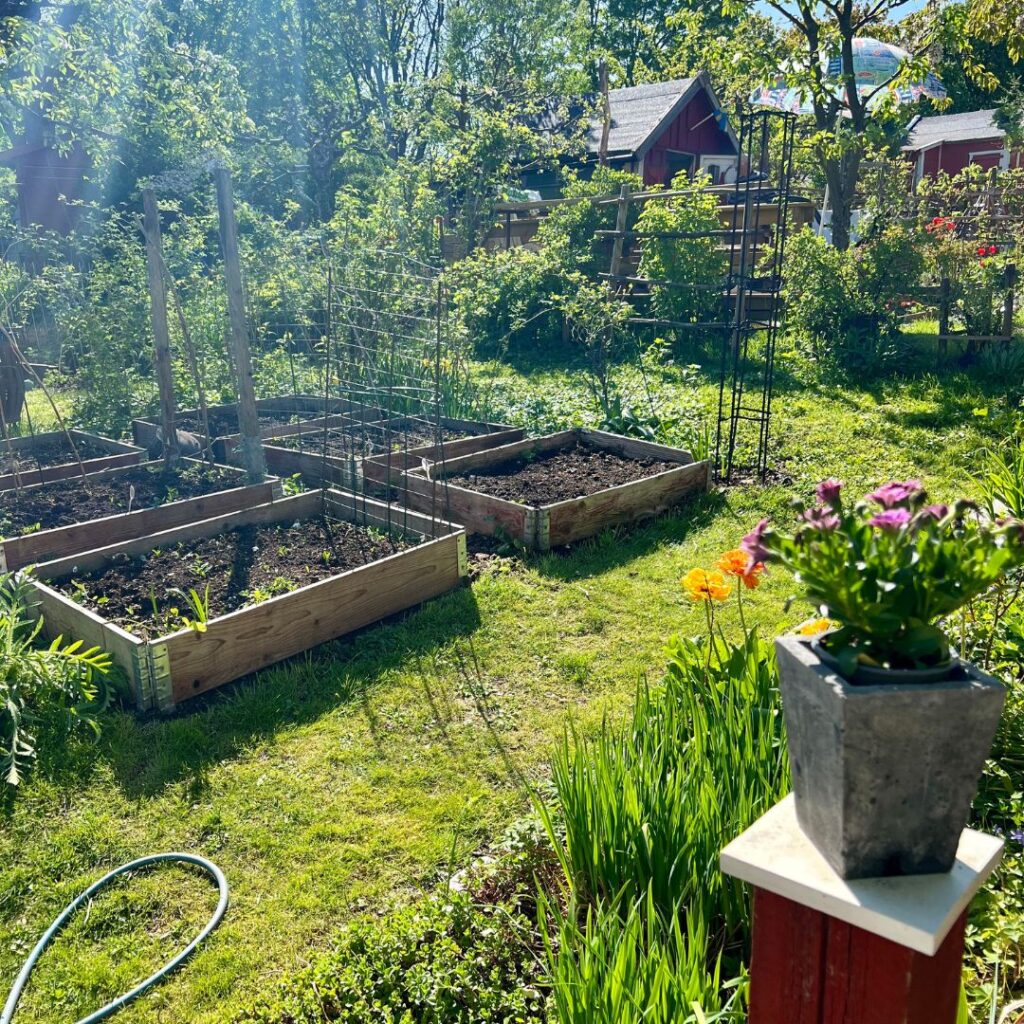What is diet biodiversity? What does a diverse diet mean? Learn more about how growing diet diversity can promote better health for you and the planet in this guide and recipes that promote diet diversity in your diet.
When it comes right down to it, one of the most important things in a healthy, sustainable food system is to ensure that all people have access to a variety of healthful foods that support human health, without endangering the planet, over the long term. “Variety” of foods is the term often used in the nutrition world to express the nutritional benefits of diversity. And increasingly, we are learning just how important diversity of our diet is to promoting a sustainable diet for people and the planet.
We “must not only produce enough calories to feed a growing global population but must also produce a diversity of foods that nurture human health and support environmental sustainability” (EAT-Lancet, 2019).
Protecting Biodiversity
While we want a nutritionally diverse diet for human health, it must not be produced at the risk of further harming the planet. This means we must feed humanity on the existing agricultural lands we have, not by deforesting our diverse ecosystems in order to support only the human race on this big beautiful planet. The “Half Earth” strategy for biodiversity conservation suggests conserving at least 80% of preindustrial species richness by protecting the remaining 50% of Earth’s intact ecosystems. This also includes managing the world’s oceans to make sure that aquaculture doesn’t harm habitats. However, it will take our most ambitious action plans to protect loss of biodiversity on the planet.


What is a Diverse Diet?
What does a biodiverse plate look like? It has smaller portions of diverse foods, including proteins, grains, and vegetables. Bioversity International outlines four key messages when it comes to promoting food biodiversity for healthy diets:
- Food biodiversity—the diversity of plants, animals and other organisms used for food, both cultivated and from the wild—is a critical element in response to global malnutrition, and it supports sustainable food systems.
- Food biodiversity reaches consumers through two principal pathways: (1) consumption via own production or gathering from the wild and (2) purchase of wild or cultivated species.
- The nutrient content between different species, or different varieties or breeds of the same species, can vary a thousand-fold. This information can be used to maximize the nutritional adequacy of diets.
- Improved availability, accessibility, affordability and acceptability of food biodiversity are key factors for achieving better diets.

You can glimpse real world examples of biodiverse diets all around us in traditional food patterns. It’s a simple formula: often staples (grains, pulses) form the foundation—the canopy, if you will—for meals that are amplified with numerous plant and animal species and varieties. That’s me in a market at Chiang Mai, Thailand (in the main image above) showing a rich diversity of foods in a traditional diet.
Think of rice dishes in Asia, which are combined with many types of vegetables, spices, herbs, and proteins. Or conjure images of pasta dishes in Italy, where the pasta is but a blank canopy for painting the plate with a variety of vegetables, herbs, spices, nuts, seeds, and proteins.

In fact, research shows that people who eat rice and pasta regularly eat more vegetables. Of course, it makes sense! Other than finnicky toddlers, who eats a plate of rice or pasta without mounds of sauce, sautéed veggies, herbs, and spices? From pasta Puttanesca to Thai soups to Greek cuisine, there are many classic examples of biodiversity on the plate in traditional diet patterns.
Ingredients (left) that go into tom yum soup (right) for the traditional soup in Thailand
Biodiversity in diets was based on the old principle of making “something of nothing”. Foraging for “free” food, such as greens, mushrooms, fruits, nuts, herbs (even insects, small game, moss and ferns) in the wild. Planting backyard kitchen gardens, saving seeds, and sharing them among neighbors—thus cultivating hundreds and thousands of varieties over time. Growing rotation crops, such as legumes, which could also be harvested and eaten. Using the whole part of the plant—from stem to leaf. Preserving foods to last over the lean times, enriching diversity of diets during the off season. This way of eating is a far cry from the 12 plants and 5 animals that account for 75% of our global food supply.
Foods from the farmers market in Crete, Greece on the left, which are featured in local dishes, such as this salad on the right.
Interestingly, good work is being done collecting seeds to help preserve the genetic diversity of our diets. More than 1,700 gene banks around the world are holding collections of food crops for safekeeping. For example, the Svalbard Global Seed Vault is a long-term seed storage facility deep inside a mountain on a remote island between Norway and the North Pole. The Ark of Taste, a program of Slow Food, is a living catalog of foods that are facing extinction. Their goal is to inspire everybody to take action by rediscovering thousands of threatened foods, such as Aromanian Wild Amaranth, by putting them back on the table so they are preserved forever.

Increasing Biodiversity in Agriculture
We know that if we eat it, they will grow it. That’s just the way it works in supply and demand in the agricultural world. It may seem that the thousands of products on supermarket shelves offer an abundant diversity of foods in our diets, but when you drill down you’ll recognize those familiar plants and animal foods—soy, corn, wheat, chicken, beef, and pork—over and over again in the aisles. Even when you peer in the produce section, you typically see the same old Imperator carrots, Fuji apples, and Russet potatoes. Considering the conventional food system provides such a limited diversity of plant and animal foods to consumers, it’s no wonder that diversity in our modern diets is an issue. A diverse range of foods is simply not available to many, because our large, industrialized food system is designed to handle distinct species and varieties throughout the whole food chain. This can be observed in many production systems, from processing tomatoes which favor one specific variety of tomatoes, to poultry production, which utilizes the same breed in vertical operations—from genetics to fork.

One way to increase biodiversity is to support direct to consumer food purchases, such as farmers markets or CSAs, from local, biodiverse farms. This is often the only way consumers, especially in cities, may have access to more diverse foods, such as different animal species, and different vegetable species and varieties. You might never have gazed upon a kohlrabi or sunchoke without visiting a farmers market, as these less common vegetables wouldn’t be worth stocking in many supermarkets.
There are many benefits for farmers markets, including stimulating local economies, preserving farmland and rural livelihoods, increasing access to fresh, nutritious foods, and supporting healthy communities. Similarly, CSAs (community supported agriculture), in which consumers purchase a share (or box) of the harvest from a local farm are linked with benefits, such as economic, community, environmental, and food quality. In addition, CSA members often report increased consumption of a variety of fruits and vegetables. CSAs can encourage people to increase diversity in their diets because they are forced to use the vegetables that are in season and harvested, rather than selecting a narrow assortment of produce. Learn more about CSAs here.

Home Gardening
There’s an uptick in home gardening, as part of the good food movement. Which is a great thing, as it’s one of the best ways to increase diversity in diets, improve human nutrition, and provide greater food access. A meta-analysis on gardening effects found a wide range of health outcomes, such as reductions in depression, anxiety, and BMI, and increases in life satisfaction, quality of life, and sense of community. Home gardening can also increase food security and dietary diversity in many different settings.
Planting a home vegetable garden is a great way to use backyard spaces for local food production, but what about ways to access this strategy in urban settings, where access to land is less available? Urban gardens, school gardens, and community gardens can all step in to help fill that need. These gardens can offer opportunities for neighbors and the community to learn about growing food, eating more healthfully, and living more sustainably.
Check out my free home gardening toolkit here.
Diet Diversity Recipes
Check out these recipes that promote more biodiversity in your diet.
References:
- Crop Trust. (n.d.). Svalbard Global Seed Vault. Retrieved from: https://www.croptrust.org/our-work/svalbard-global-seed-vault/.
- Farmers Market Coalition. (2013). Why farmers markets? Retrieved from: http://farmersmarketcoalition.org/wp-content/uploads/2013/08/WhyMarkets_August2013.jpg
- Kennedy, G., Ballard, T., & Dop, M. (2013). Guidelines for measuring household and individual dietary diversity. Retrieved from: FAO. http://www.fao.org/3/a-i1983e.pdf.
- Lee, M. (2106, July). Dining on the Future of Protein. Food Tech Connect. Retrieved from: https://foodtechconnect.com/2016/07/18/dining-future-protein/.
- Kennedy, G., Stolan, D., Hunter, D., Kikutwe, E., & Termote, C. (n.d.). Food biodiversity for healthy, diverse diets. Biodiversity International. Retrieved from: https://www.bioversityinternational.org/fileadmin/user_upload/online_library/Mainstreaming_Agrobiodiversity/2_Food_Biodiversity_Healthy_Diets.pdf.
- McCarthy, K. (2018, December 10). Eating biodiversity. RSA. Retrieved from: https://www.thersa.org/discover/publications-and-articles/rsa-blogs/2018/12/eating-biodiversity
- Rammohan, B., Pritchard, B., & Dibley, M. (2019). Home gardens as a predictor of enhanced dietary diversity and food security in rural Myanmar. BMC Public Health. 19(1145). Retrieved from: https://bmcpublichealth.biomedcentral.com/articles/10.1186/s12889-019-7440-7#citeas.
- Slow Food USA (n.d.). Ark of Taste. Retrieved from: https://slowfoodusa.org/ark-of-taste/.
- Soga, M., Gaston, K. J., & Yamaura, Y. (2017). Gardening is beneficial for health: A meta-analysis. Preventive Medicine Reports, 5, 92–99. doi: 10.1016/j.pmedr.2016.11.007.
- USDA. (2017, February 21). Urban gardens promote education, nutrition, and more. Retrieved from: https://www.usda.gov/media/blog/2015/10/28/urban-gardens-promote-education-nutrition-and-more.
- Vasquez, A., Sherwood, N. E., Larson, N., & Story, M. (2017). Community-Supported Agriculture as a Dietary and Health Improvement Strategy: A Narrative Review. Journal of the Academy of Nutrition and Dietetics, 117(1), 83–94. doi: 10.1016/j.jand.2016.09.029.
More Tools for Eating and Living the Goodness

